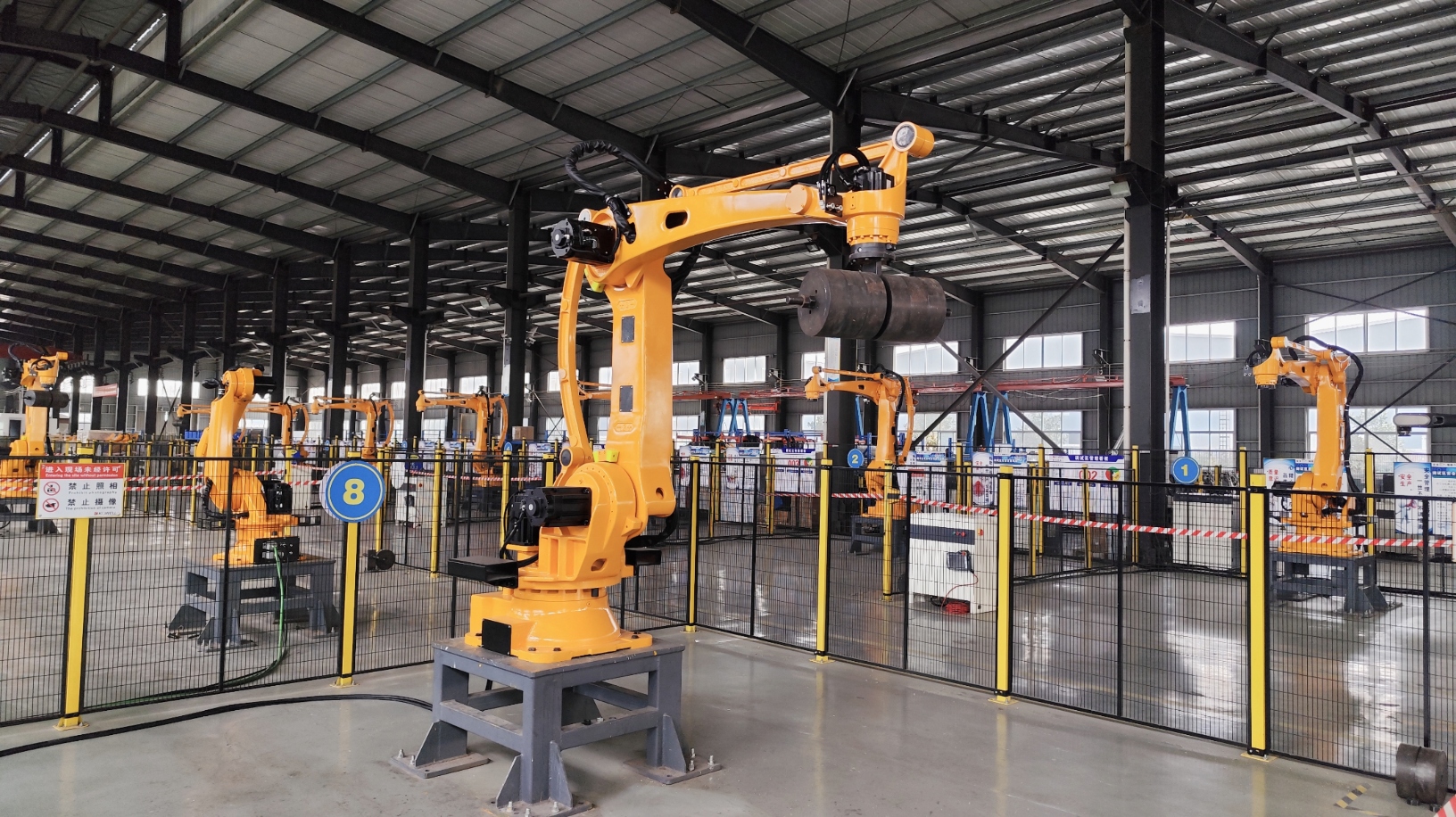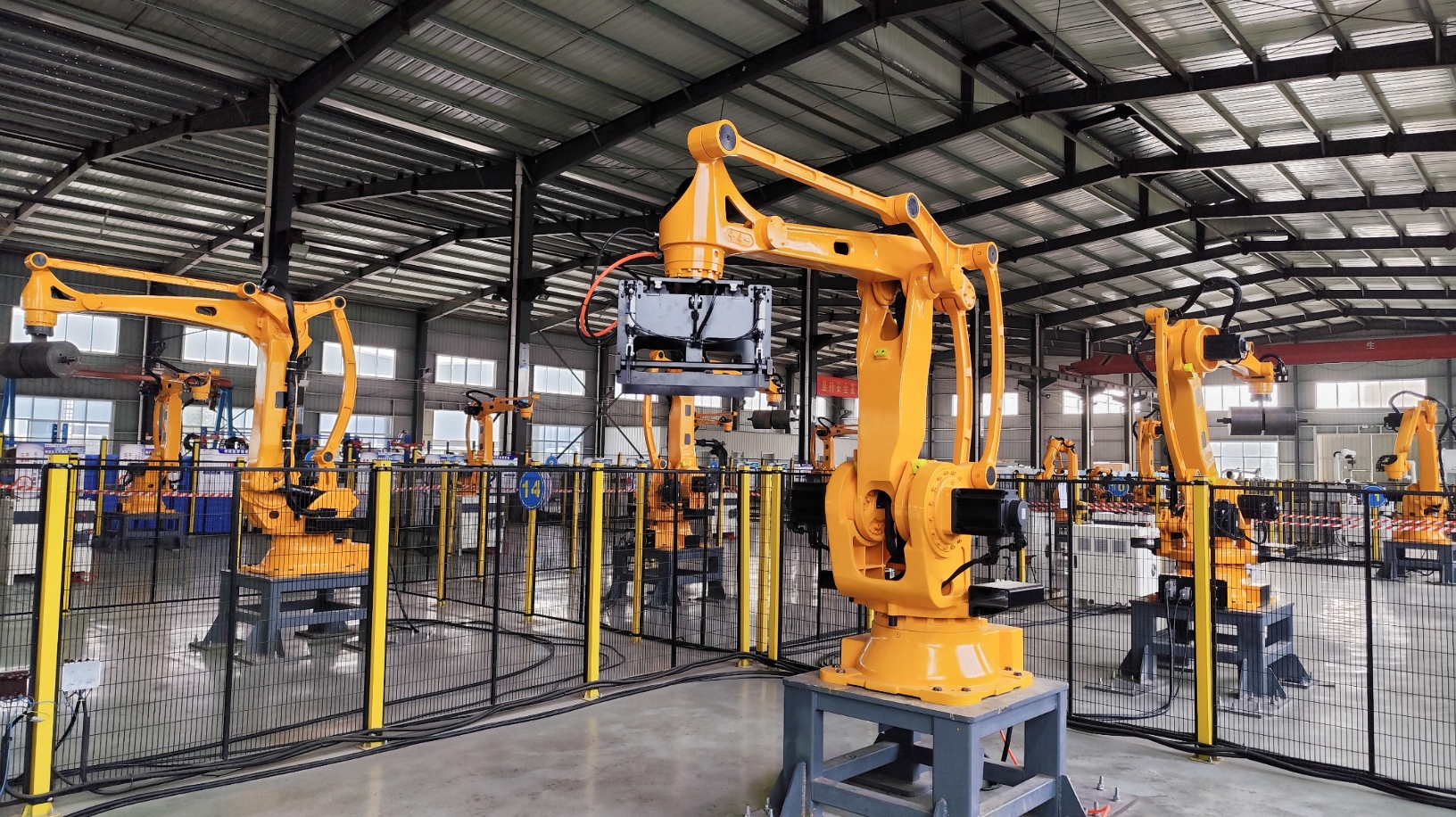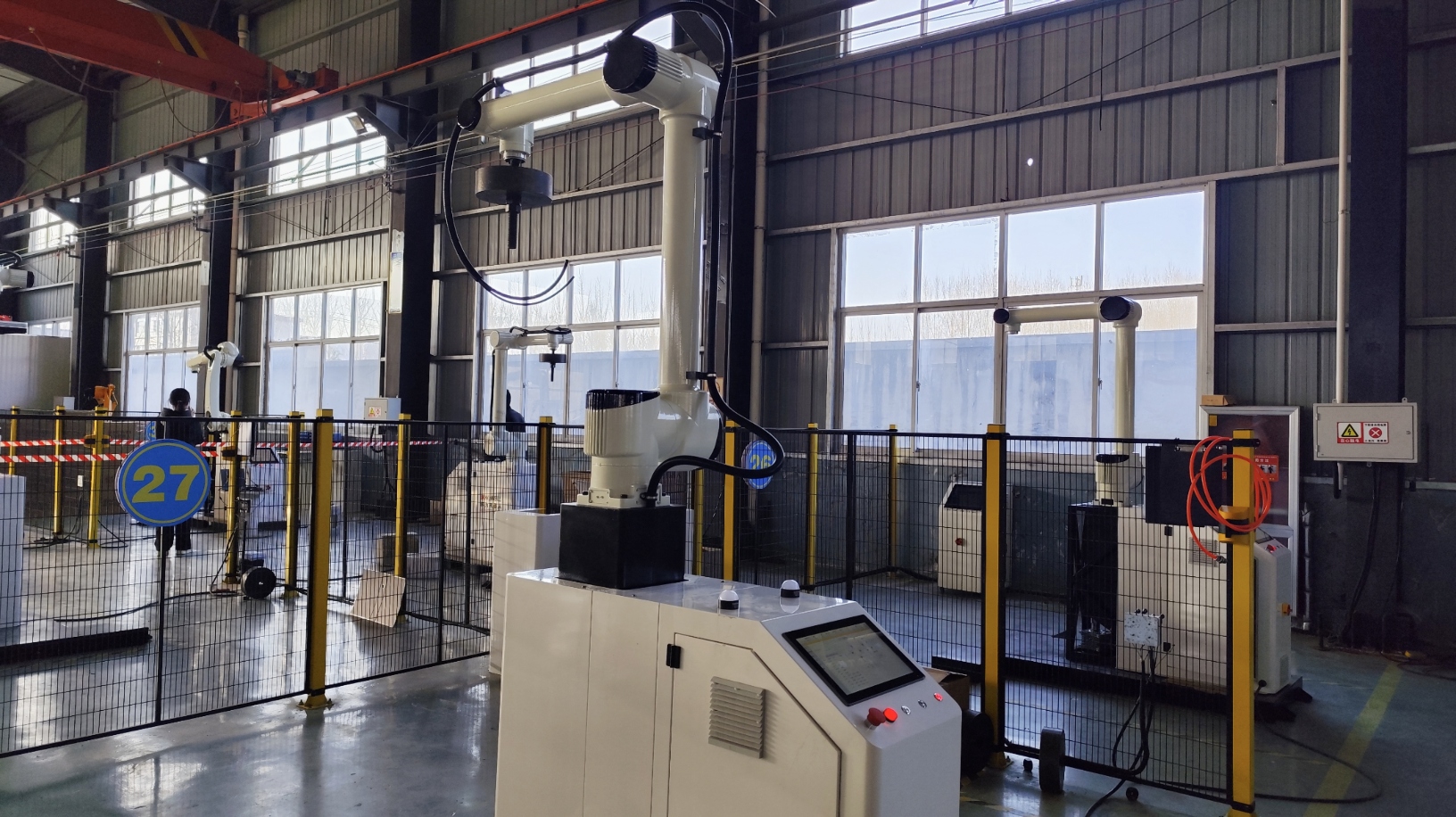In the manufacturing site, the flexible collaborative automatic handling robot arm is no longer just an end tool for executing the "handling" command, but is gradually becoming a collaborative node with task understanding ability. KOWELL's years of technological accumulation has enabled thousands of companies to transform into intelligent ones.This change marks the reconstruction of manufacturing logic and reflects the company's new round of deep thinking on the future production line organization model.
In the past, most of the handling equipment aimed at "replacing manpower" and completing mechanical repetitive operations in a fixed path. Today, the automatic handling robot arm breaks this path dependence. It not only has multi-axis scheduling and path adaptation capabilities, but more importantly, it can perceive the production rhythm and understand the task logic, so as to deeply participate in the organization and execution of the process.
In actual applications, this type of robot arm does not work independently, but is embedded in the entire manufacturing system, and cooperates with other equipment to complete multi-node task processing. In the face of fluctuations in production rhythm, changes in task priority or the insertion of sudden instructions, the handling robot arm can dynamically adjust its own strategy to ensure operation continuity and avoid stagnation of the production line due to minor faults or poor scheduling.
'Midfield Dispatcher’ of Manufacturing Rhythm
Collaboration does not mean that the robot arm only "works side by side" with humans or other equipment. It is more of an information connection and response mechanism. Under this mechanism, the flexible collaborative automatic handling robot arm receives production instructions from above, senses the material status from below, and maintains high-frequency communication with the left and right processes, becoming the "midfield dispatcher" of the entire production line.
The role of this type of robot arm has changed from the traditional "end effector" to a key factor affecting manufacturing efficiency and rhythm stability, supporting the operation of complex and changeable production lines, especially in multi-category, small-batch production scenarios.
Reconstruction of the relationship between man and machine
This role change is also quietly reshaping the relationship between man and robot arm. From "being replaced" to "co-constructing rhythm", workers have changed from physical executors to process supervisors and strategy makers. Flexible collaborative automatic handling robot arms undertake more complex and high-frequency task scheduling and material handling. The collaboration between the two not only improves production resilience, but also creates a more flexible on-site management model.
Especially at a time when the demand for flexible manufacturing is growing, traditional rigid production lines are difficult to adapt to frequent switching and rhythm fluctuations. Flexible collaborative robotic arms can realize the rapid switching of task logic and paths. The "flexibility" of scheduling is reflected in the execution of actions, as well as in the information flow and rhythm matching.

From "replacement logic" to "system co-construction": the value transition of flexible collaborative automatic handling robotic arms
In the future, automation will no longer only pursue "replacement", but will move towards "empathy" and "co-construction". The introduction of flexible collaborative automatic handling robotic arms is not only an equipment upgrade, but also an important step for the manufacturing system to move from imperative execution to data-driven and system autonomy.KOWELL is driven by innovation and is born for the efficiency of manufacturing industry. It promotes the redesign of the entire production rhythm and the reorganization of on-site logic.
When more handling tasks become unpredictable and beat fluctuations become the norm, who can assume the role of the scheduler of the manufacturing rhythm will become the key to the core competitiveness of the production line. Flexible collaborative automatic handling robotic arms are quietly debuting and becoming a key variable in shaping the future manufacturing environment.
In addition to the improvement of technical capabilities, the values behind flexible collaborative automatic handling robotic arms are also changing. In the past, we used to regard "automation" as a tool to reduce labor costs, but today, it is more like an upgrade path for manufacturing thinking. On this path, automation is not a cold substitute, but an intelligent "partner" endowed with the ability to understand and respond. This also prompts companies to no longer just consider the revenue cycle when deploying equipment, but to pay more attention to its strategic role in organizational collaboration and production line flexibility.
It is worth noting that the introduction of flexible collaborative automatic handling robotic arms is also breaking the traditional rhythm of "fixed workstation-single task-linear flow". They can quickly adjust task configurations in the production site, flexibly support around core bottlenecks, and form a "mobile response unit" to better adapt to changing production plans and on-site uncertainties. This ability has irreplaceable value for those manufacturing companies that are moving towards modularization and flexibility.
Between "replacement" and "collaboration", what deserves our attention is never the pros and cons of the technology itself, but whether we are willing to reshape the underlying logic of manufacturing from a more systematic and more human-machine collaborative perspective. What the robotic arm brings is a profound innovation from concept to practice.
In the future manufacturing system, flexible collaborative automatic handling robots with collaborative thinking and dynamic response capabilities will not only be "tools", but also the key force for enterprises to adapt to uncertainty, and will serve as a bridge between people and systems.
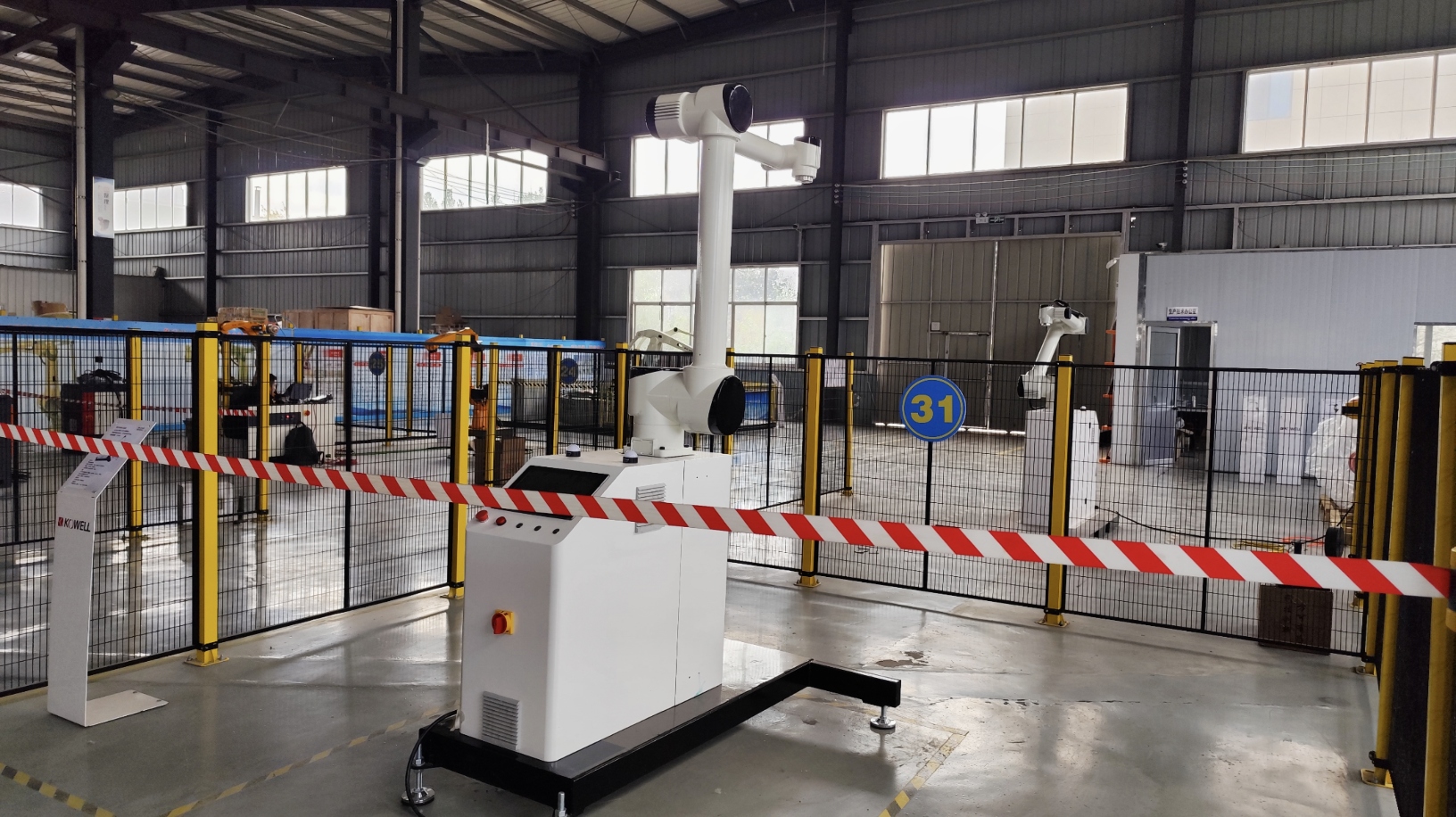
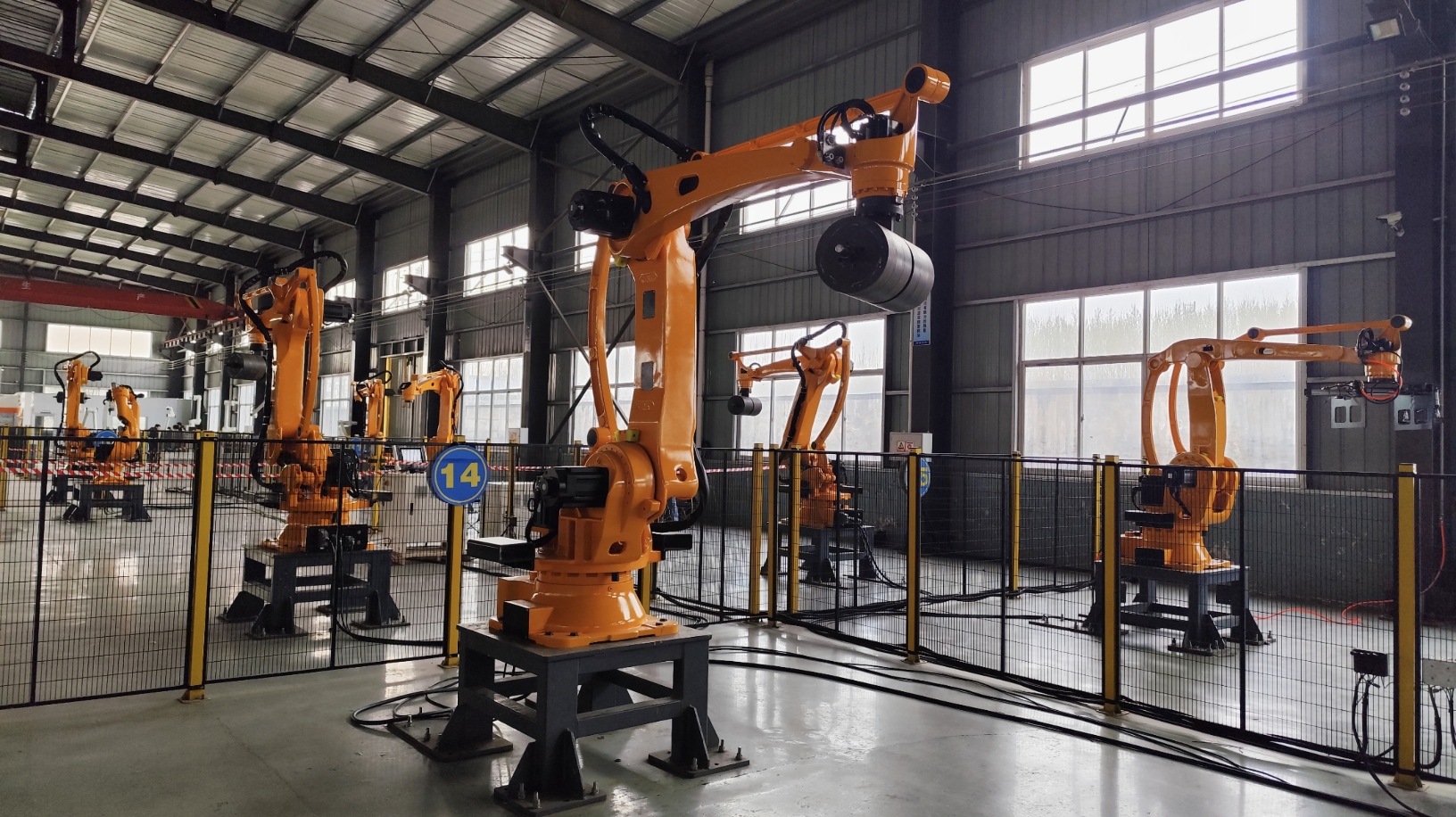
Online Consultation
Hello, the current customer service is offline. You can leave your contact information and the staff will respond to you as soon as possible!


